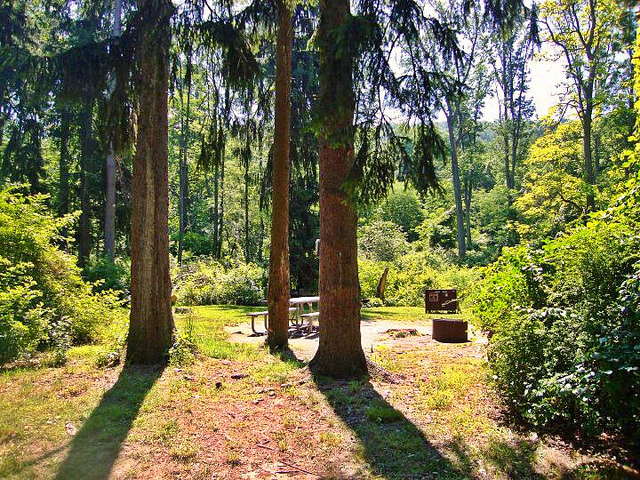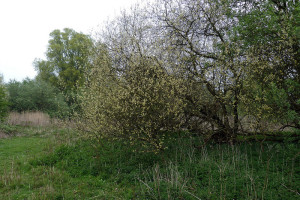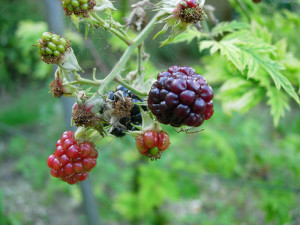For many, the plants they see on roadsides and beside the trail are simply that – plants. It’s nothing more than a weed found with the unnecessary bushes in the forest.
However, what most people (particularly backpackers) don’t know is that these “weeds” are the ones which can save you when you are hit by a sudden pain while hiking towards the top of the mountain.
Hit by a stray branch? You’re probably wounded. Fell on a shallow hole? You probably hit something and are in pain. This can all be remedied by the many medicines, gauzes, and antiseptic you keep in your first aid kit.
But, what will you do if you forget the specific medicine you need? In that case, its time you learn about the other use of plants – for medicinal purposes.
Here are four major classification of the use of plants and its corresponding example:
1. To Ease Pain
Willow is a plant which grows in cold and temperate regions. Though it has differentiated into many different species, it has the general characteristic of having watery barks, a good source of salicylic acid. Salicylic acid is commonly used to make aspirin.
When in pain, just shred off a small amount of willow bark. After shredding, make a tea of it by adding hot water and letting the shredded bark soak in for a few minutes. Then drink it. This can help ease pain on certain parts of the body.
If willow is not available in the immediate are, try chewing in a small amount of balsam poplar buds, as a remedy and an alternative.
2. To Cleanse and Remove Microbes
For antiseptic uses, or for antimicrobial purposes, the sap of the blisters found in balsam firs can be used as an alternative. This sap can be obtained by popping the blisters on the trunk of pretty young trees.
You will know that it is the right thing once you’ve popped the sap, but if you have any more doubts, note the pleasant smell of the sap and the stickiness which sticks to the skins (making it hard to wash off).
Once you’ve determined that it is what you need, spread it in the wound to avoid infection.
Another effective alternative for antiseptic uses is the plant known as St. John’s Wort. It has antibacterial properties, which can cleanse woods and avoid infection.
Simply take a few leaves and crush it. After that, you can use it as a dressing for your wounds. It will heal faster than you know it.
3. To Cure Diarrhea
The most common medicinal remedy for diarrhea are blackberry plant roots. The blackberry family is very effective in curing diarrhea. Simply wash and shred the roots. Then pour boiling water over it while letting it soak. After at least 5 minutes, the remedy will be ready to drink.
If there are no blackberries in the nearby areas, you can settle for oak barks. However, only settle for this if you have no other choices since it can have quite a toll on the kidneys.
Simply chop up a handful of bark and scoop a tablespoon for a cup of tea. After drinking one cup, just wait for the tannin to have effect. Don’t drink more than one cup.
4. To Cure Skin Problems
While backpacking, you can acquire many skin problems that you can ever expect. This includes sunburn, insect bites, and rashes from plant poisons. If you’re not used to backpacking, these problems can occur without you expecting it.
For remedies, the poultice of jewelweed and the leaves of witch hazel can be used to cure your skin problems. The poultice of jewelweed is most effective for sunburn, insect bites and plant poisoning rashes. Simply apply the poultice and wait for it to do its work.
On the other hand, witch hazel leaves are also effective for curing sunburn and insect bites. It is safe to use since it was what women from long ago used as a tightening mask to keep their faces smooth and beautiful. Just make tea out of the leaves and wait for it to work.
In actuality, there are a lot of different plants that can be used for these four purposes. Before going on a backpacking trip, do a little research on the plants you can find in the area where you will go, as well as the many characteristics and function of each. Better determine perfectly if it is the right plant.
Certain plants have similarities with other, which can have a different effect on a person’s body. Thus, it is better to be vigilant in choosing which plants to use.




